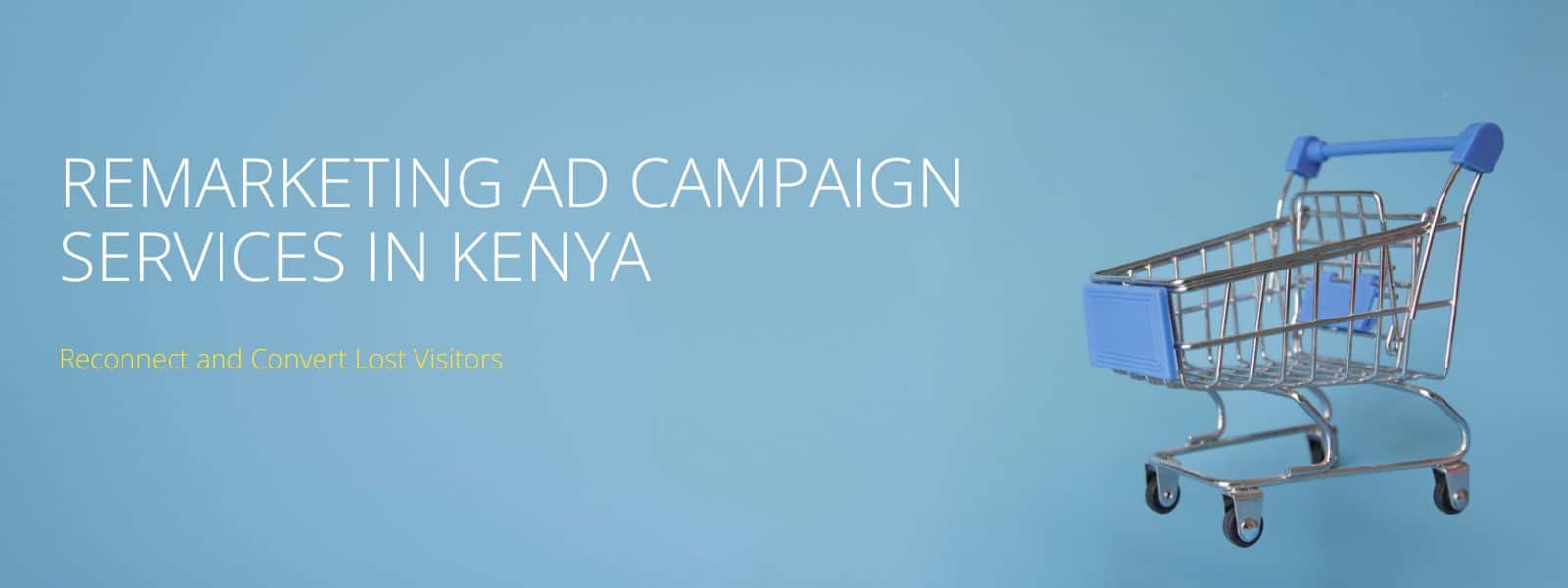What Is Remarketing and Why Is It Essential?
Remarketing, also referred to as retargeting, is a digital advertising strategy that allows you to serve targeted ads to users who previously interacted with your website or mobile app but did not complete a desired action—such as making a purchase, submitting a form, or downloading a resource.
It’s not just a buzzword. It’s a fundamental part of any high-performing digital strategy—especially in Kenya, where the online consumer journey is fragmented across multiple devices, platforms, and decision points.
How It Works
Remarketing Ad Campaign Services in Kenya rely on tracking technologies—such as cookies, Facebook Pixel, Google Ads tags, and CRM-based audience lists—to identify visitors and follow them with relevant ads across the web. For example:
-
A visitor browses your e-commerce store, adds a product to the cart but leaves without checking out.
-
That user then sees a dynamic product ad on Facebook or a YouTube bumper ad reminding them of the exact product they abandoned.
-
With the right timing, creative, and offer, they return to complete the purchase.
This follow-up is what sets remarketing apart from traditional advertising—it reaches people who are already aware of your brand and likely to convert with the right nudge.
Why Remarketing Is Critical in 2025
According to research by Think with Google, over 90% of consumers in emerging markets, including Kenya, switch between devices and platforms during their buying journey. That means the first visit is almost never the last. If you don’t continue the conversation, someone else will.
Furthermore:
-
97% of website visitors don’t convert on their first visit – especially in high-consideration industries like insurance, education, or B2B services.
-
Retargeted ads can boost conversion rates by up to 150% compared to display ads shown to cold audiences (Source: WordStream, 2024).
-
CTR (click-through rate) for remarketing ads is 10x higher than that of standard display ads (Retargeter, 2024).
With such numbers, it’s no longer optional. It’s necessary.
Where It Works
Remarketing can be implemented across major platforms:
-
Google Display Network – ads across millions of websites and apps
-
Facebook and Instagram – social feeds, Stories, and Messenger placements
-
YouTube – skippable and non-skippable in-stream ads
-
TikTok, X (Twitter), LinkedIn – niche targeting and campaign-specific retargeting
It also pairs seamlessly with CRMs like HubSpot, Salesforce, or email platforms, allowing businesses to segment and re-engage lapsed leads based on behavioural data—not just demographics.
Key Benefits
-
Second Chances to Convert – Target visitors who showed intent but didn’t act.
-
Higher ROI – You’re spending on warm leads, not cold impressions.
-
Better Personalisation – Tailor ad messages based on user behaviour (e.g. specific products viewed).
-
Brand Recall – Keep your business top-of-mind through consistent exposure.
-
Scalable Across Funnels – Whether it’s awareness or reactivation, remarketing fits every stage.
Kenyan Context: Why It Matters More Locally
In Kenya, many online shoppers are cautious—whether due to payment security concerns, product trust, or budget constraints. They research, compare, and delay decision-making. Retargeting allows businesses to maintain visibility during this delay, helping to build trust and increase conversions when the buyer is finally ready.
For NGOs and service-based companies, remarketing also serves as a reminder mechanism—nudging users to complete forms, download reports, or register for programmes they previously showed interest in.

